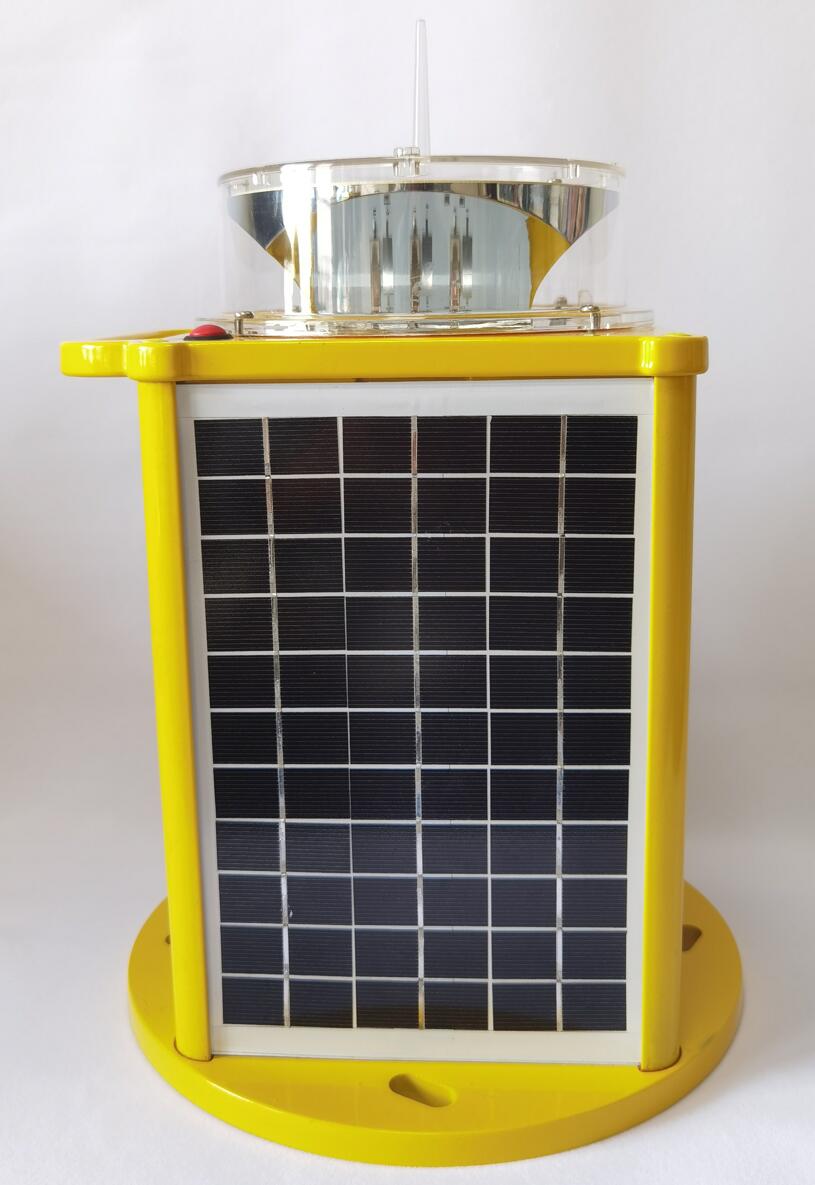Solar Aviation Obstruction Light: The Future of Eco-Friendly Airway Safety
As the world shifts toward sustainable energy solutions, solar aviation obstruction lights have emerged as a game-changing technology for aerial safety. These self-sufficient lighting systems provide reliable visibility for tall structures while eliminating dependence on grid electricity. Particularly valuable in remote locations and environmentally sensitive areas, solar aviation obstruction lights combine renewable energy with cutting-edge LED technology to enhance aviation safety. This article explores their benefits, working principles, and future potential in modern infrastructure.
Why Solar Aviation Obstruction Lights Matter
Traditional obstruction lights rely on grid power, which can be unreliable in remote regions or during power outages. Solar aviation obstruction lights solve this problem by harnessing solar energy, storing it in batteries, and operating autonomously. Key advantages include:
Energy Independence – No need for external power sources, making them ideal for off-grid locations.
Lower Carbon Footprint – Solar-powered systems reduce reliance on fossil fuels.
Reduced Maintenance – Long-lasting LEDs and durable solar panels minimize upkeep.
Cost Efficiency – Despite higher initial investment, long-term savings on electricity and maintenance are significant.

How Solar Aviation Obstruction Lights Work
A typical solar aviation obstruction light system consists of:
Solar Panels – Capture sunlight and convert it into electrical energy.
Battery Storage – Stores energy for nighttime and cloudy conditions (usually lithium or gel batteries).
LED Lighting Module – Provides high-intensity illumination with minimal power consumption.
| solar aviation obstruction light |
Control System – Regulates charging, battery usage, and light activation.
Weatherproof Housing – Protects components from extreme temperatures, rain, and wind.
These systems often include smart features like:
Automatic dusk-to-dawn operation
Overcharge and deep discharge protection
Remote monitoring via IoT (for advanced models)
| solar aviation obstruction lights |
Applications of Solar Aviation Obstruction Lights
1. Remote Communication Towers
Telecom towers in rural or mountainous areas benefit greatly from solar-powered lights, eliminating the need for expensive grid connections.
2. Wind Turbines
As wind farms expand, solar aviation obstruction lights ensure visibility without increasing energy consumption.
3. Offshore Structures
Oil rigs, lighthouses, and marine navigation towers use solar lights due to the lack of accessible power sources.
4. Urban High-Rise Buildings
Even in cities, solar-powered lights reduce energy costs and support green building initiatives.
Regulatory Compliance and Standards
Solar aviation obstruction lights must meet strict aviation safety regulations, including:
FAA (AC 70/7460-1L) and ICAO (Annex 14) standards for light intensity and flash patterns.
Durability requirements for extreme weather conditions.
Battery backup mandates to ensure operation during prolonged cloudy periods.
Manufacturers must ensure their systems comply with these standards to be certified for use.
Advancements in Solar Aviation Obstruction Light Technology
1. High-Efficiency Solar Panels
New photovoltaic technologies, such as monocrystalline panels, improve energy conversion rates even in low-light conditions.
2. Smart Energy Management
Advanced controllers optimize battery usage, extending lifespan and ensuring consistent performance.
3. Hybrid Systems
Some models integrate small wind turbines or backup generators for areas with limited sunlight.
4. Wireless Monitoring & AI Integration
IoT-enabled systems provide real-time diagnostics, predictive maintenance alerts, and adaptive brightness control.
Challenges and Future Trends
Despite their benefits, solar aviation obstruction lights face some challenges:
Battery Lifespan – Extreme temperatures can affect battery performance.
Initial Investment – Higher upfront costs compared to conventional lights (though offset by long-term savings).
Geographical Limitations – Regions with very low sunlight may require hybrid solutions.
Future innovations may include:
Graphene-based batteries for faster charging and longer life.
Advanced anti-glare coatings to improve visibility without light pollution.
Integration with drone-based inspection systems for maintenance.
Solar aviation obstruction lights represent a sustainable and efficient solution for modern aviation safety needs. By leveraging solar energy and smart technology, these systems provide reliable visibility for tall structures while reducing environmental impact. As renewable energy adoption grows and regulations evolve, solar-powered obstruction lights will play an increasingly vital role in global aviation safety infrastructure.
